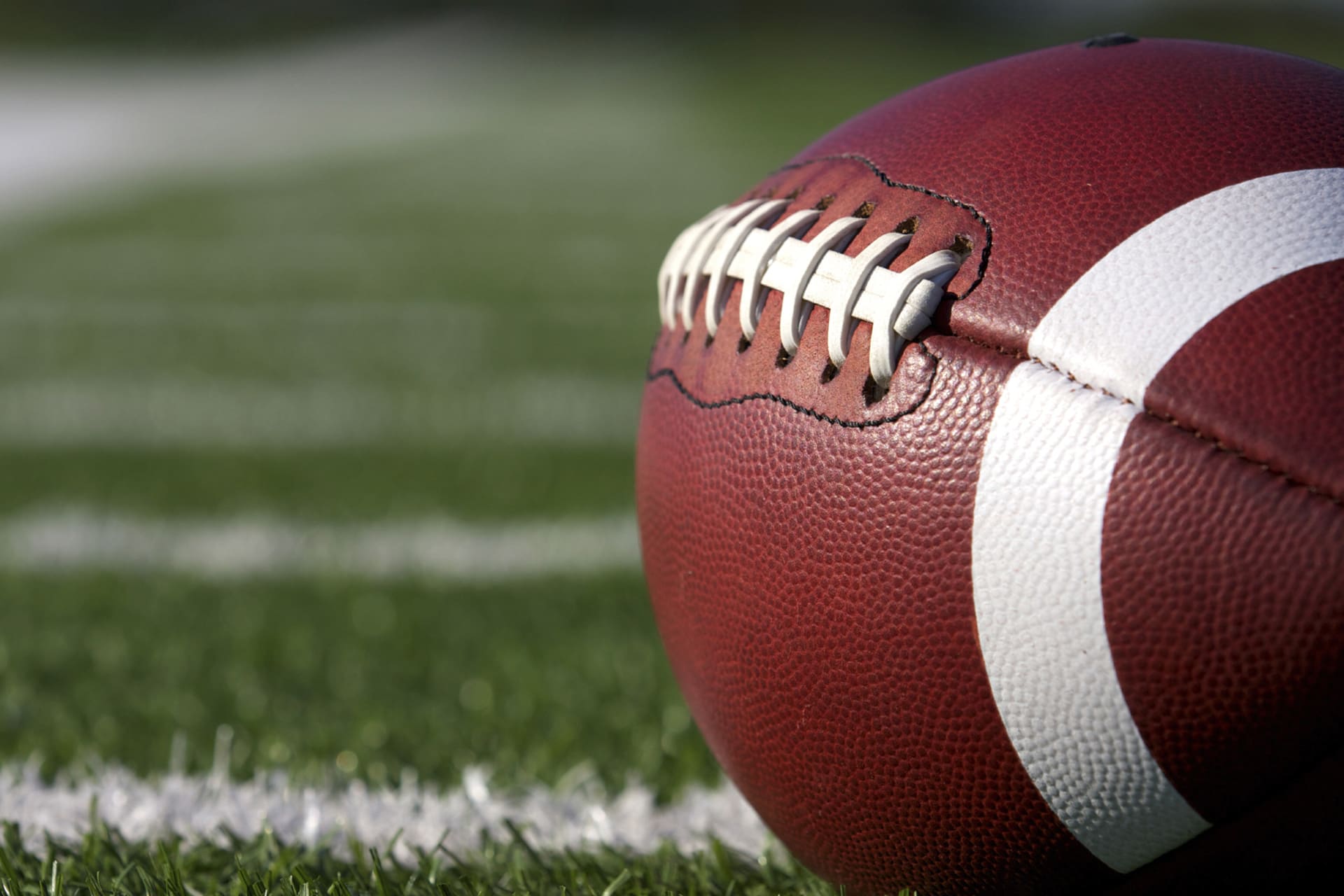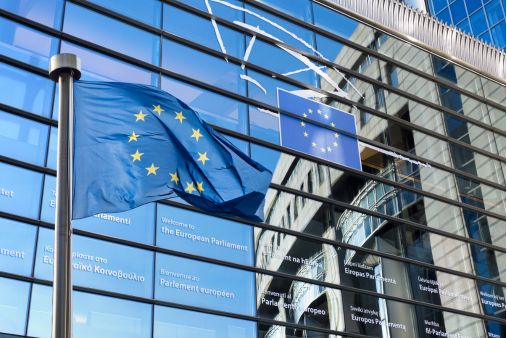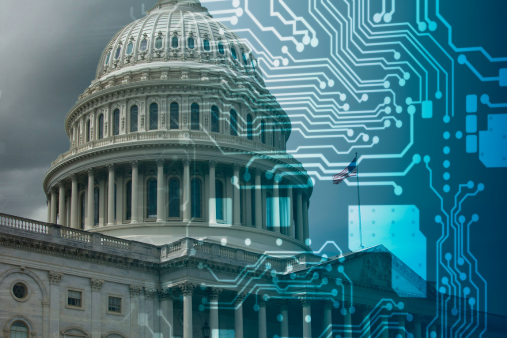Highlights
The U.S. Supreme Court unanimously upheld lower court findings that the NCAA’s regulatory scheme regarding certain player benefits violated the Sherman Act
This decision, together with still-emerging name, image and likeness regulations, could significantly increase the benefits available to NCAA student athletes and change the landscape of athlete compensation in college athletics
Outside of football and basketball, most college athletes still pay for the privilege to participate as NCAA athletes
It was only a matter of time. As most analysts predicted it would, the U.S. Supreme Court unanimously affirmed lower court rulings in NCAA v. Alston concluding that at least some of the NCAA’s strict restrictions on the compensation of college athletes constituted a violation of antitrust law.
Impacts of the Alston Decision
Some commentators are recognizing this June 21 decision as the beginning of the end of college sports, and the advent of de facto professional sports played on college campuses. In truth, this decision does not go quite so far. Many are pointing to Justice Brett Kavanaugh’s strongly worded concurring opinion, in which he warned that the "NCAA's business model of using unpaid student athletes to generate billions of dollars in revenue for the colleges raises serious questions under the antitrust laws." Justice Neil Gorsuch, writing for the Court, was more limited, and focused on “education-related benefits” in rejecting what he referred to as the NCAA’s attempt to secure “judicially ordained immunity” from the Sherman Act “because [the restrictions] happen to fall at the intersection of higher education, sports, and money.”
Within that more narrow analysis, the Court upheld a ruling out of the U.S. Court of Appeals for the Ninth Circuit allowing colleges and universities to provide more extensive benefits than NCAA regulations allow. As currently understood, education-related benefits are fairly closely tied to what any college student might need and appreciate: reimbursements for computers and other equipment, free tutoring, paid internships, cash awards for academic achievement, and the like.
It’s easy to forecast how elastic the definition can become, though, and how it will be used as an incremental recruiting tool for colleges and universities promising to maximize the benefits and compensation available to prized recruits. In a world of liberalized transfer rules, it is also a way to keep players from the lure of the transfer portal.
Moreover, while the Alston decision focused on the claims of the plaintiffs – i.e., Division I football and basketball—the reins it loosened should ultimately allow athletic departments to provide increased, justifiable, educationally related benefits to partial-scholarship and non-scholarship athletes as well, who are the majority of the young men and women competing in college sports. For those student athletes, a computer, a paid internship, or a graduate tuition can make a critical difference in a collegiate career. In a college sports landscape dominated by big time football and basketball, it’s sometimes easy to forget that most college athletes still pay for the privilege to participate as NCAA athletes.
Name, Image and Likeness Movement
Increased educational benefits combined with the name, image and likeness (NIL) movement may wholly reset the landscape for college athletics, and surely more change is to come. The focus on increased student benefits, while still well short of pay-for-play, further weaponizes the recruiting wars. Nineteen states have passed legislation granting NIL rights to their student athletes; for six of those states, led by Florida, the laws (which differ significantly from state to state) go into effect on July 1, 2021.
It’s safe to say that educational benefits package offers are already on their way after the recent Supreme Court decision. The NCAA, which deferred the announcement of a nationwide NIL framework pending the outcome of Alston, is now faced with developing one that passes the Court’s scrutiny, while officials in multiple states have already announced they will challenge any NCAA rules more restrictive than their own, generally more permissive laws. An NCAA proposal is due within days.
NCAA president Mark Emmert and NCAA leadership continue to call for national congressional legislation designed to preempt state mandates and establish a national standard, but there are multiple bills in Congress, in various committees of both houses, with none yet garnering sufficient bipartisan support.
Student athlete compensation is a volatile and complex issue—actually, a series of issues, emerging just as higher education, including its athletic programs, struggles to emerge from the extraordinary losses suffered during the COVID-19 pandemic. Colleges and universities, athletic programs, individual team sports, and more than 450,000 student athletes are facing a transition that will change the landscape of college sports and the student athlete experience as we know it.
There will be winners and losers in this effort.
For more information, please contact the Barnes & Thornburg attorney with whom you work, or Skip Prince at 917-838-8501 or skip.prince@btlaw.com.
© 2021 Barnes & Thornburg LLP. All Rights Reserved. This page, and all information on it, is proprietary and the property of Barnes & Thornburg LLP. It may not be reproduced, in any form, without the express written consent of Barnes & Thornburg LLP.
This Barnes & Thornburg LLP publication should not be construed as legal advice or legal opinion on any specific facts or circumstances. The contents are intended for general informational purposes only, and you are urged to consult your own lawyer on any specific legal questions you may have concerning your situation.










/Passle/6488d4630e7e25c9ac9f834a/SearchServiceImages/2024-11-14-13-11-27-495-6735f6fff42d6cc59c8ec5c1.jpg)
/Passle/6488d4630e7e25c9ac9f834a/SearchServiceImages/2024-11-11-22-02-38-042-67327efe31216b909e6ea644.jpg)
